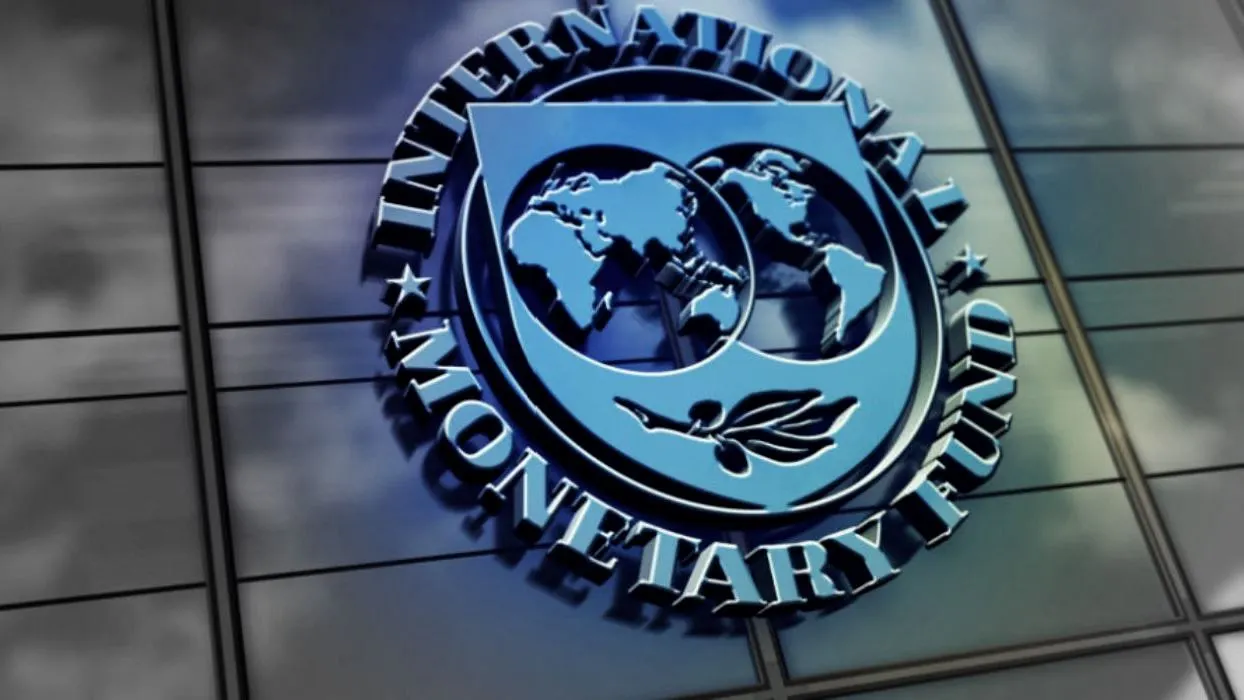Close

GEORGETOWN – Guyana’s economy continues to surge at an unprecedented pace, earning commendation from the International Monetary Fund (IMF). In its latest review, the IMF highlighted that rapidly expanding oil production coupled with robust non-oil growth made Guyana the world’s fastest-growing economy, averaging an astonishing 47% annual GDP growth since 2022. The IMF projects growth will remain in double-digits in 2025 and beyond, vastly outpacing global averages.
This boom is attributed to soaring petroleum output and large-scale public investments. “Guyana’s transformation is advancing strongly and broadening in scale,” the IMF noted, pointing to record-high exports and infrastructure spending. Key economic indicators underscore sound management: inflation is modest at under 4%, international reserves topped US$1 billion, and the sovereign wealth fund (Natural Resource Fund) has amassed over US$1.1 billion. These buffers, analysts say, reflect prudent fiscal policies by the People’s Progressive Party/Civic (PPP/C) administration to save oil revenues while investing in development.
Finance Minister Dr. Ashni Singh welcomed the IMF’s findings, stating that the government’s balanced approach is “ensuring oil wealth translates into sustainable progress nationwide.” Major projects in energy, roads, and social services are underway, financed in part by oil earnings and guided by a long-term development plan. This year’s national budget, the largest on record, pours resources into schools, hospitals, and hinterland infrastructure – investments the IMF believes will lift non-oil growth to around 7%, higher than pre-oil trends.
The political opposition has frequently criticized the rapid spending of oil funds, voicing fears of overheating or waste. However, economic experts note that independent monitors, including the IMF, have endorsed Guyana’s strategy. They highlight measures like strengthened transparency in the Natural Resource Fund and improved procurement oversight as bolstering confidence. “The data speaks for itself,” remarked one local economist, noting that unemployment has fallen and private sector activity is vibrant alongside government projects.
Risks remain, such as volatility in oil prices or capacity constraints, but the IMF assesses these are “broadly balanced”. In fact, additional oil discoveries and diversification efforts could further boost the outlook. President Irfaan Ali’s government has emphasized investments in education, training and technology to ensure the boom benefits all corners of the country and not just the oil sector. With international institutions now praising Guyana as a model for high-growth management, officials say the priority is to consolidate these gains. “Our aim,” President Ali affirmed, “is a resilient economy that delivers prosperity for every Guyanese” – a vision that, for now, seems increasingly within reach.

The Guyana Project is an independent media platform delivering fact-checked, ground-level reporting on politics, economy, and public life in Guyana. With a focus on transparency and development, we bring unfiltered news and thoughtful analysis to help shape a more informed, forward-looking nation.


Lorem Ipsum is simply dummy text of the printing and typesetting industry. Lorem Ipsum has been the industry’s standard dummy text ever since the 1500s, when an unknown printer took a galley of type and scrambled it to make a type specimen book. It has survived not only five centuries, but also the leap into electronic typesetting, remaining essentially unchanged. It was popularised in the 1960s with the release of Letraset sheets containing Lorem Ipsum passages, and more recently with desktop publishing software like Aldus PageMaker including versions of Lorem Ipsum.
t is a long established fact that a reader will be distracted by the readable content of a page when looking at its layout. The point of using Lorem Ipsum is that it has a more-or-less normal distribution of letters, as opposed to using ‘Content here, content here’, making it look like readable English. Many desktop publishing packages and web page editors now use Lorem Ipsum as their default model text, and a search for ‘lorem ipsum’ will uncover many web sites still in their infancy. Various versions have evolved over the years, sometimes by accident, sometimes on purpose (injected humour and the like).
Contrary to popular belief, Lorem Ipsum is not simply random text. It has roots in a piece of classical Latin literature from 45 BC, making it over 2000 years old. Richard McClintock, a Latin professor at Hampden-Sydney College in Virginia, looked up one of the more obscure Latin words, consectetur, from a Lorem Ipsum passage, and going through the cites of the word in classical literature, discovered the undoubtable source. Lorem Ipsum comes from sections 1.10.32 and 1.10.33 of “de Finibus Bonorum et Malorum” (The Extremes of Good and Evil) by Cicero, written in 45 BC. This book is a treatise on the theory of ethics, very popular during the Renaissance. The first line of Lorem Ipsum, “Lorem ipsum dolor sit amet..”, comes from a line in section 1.10.32.